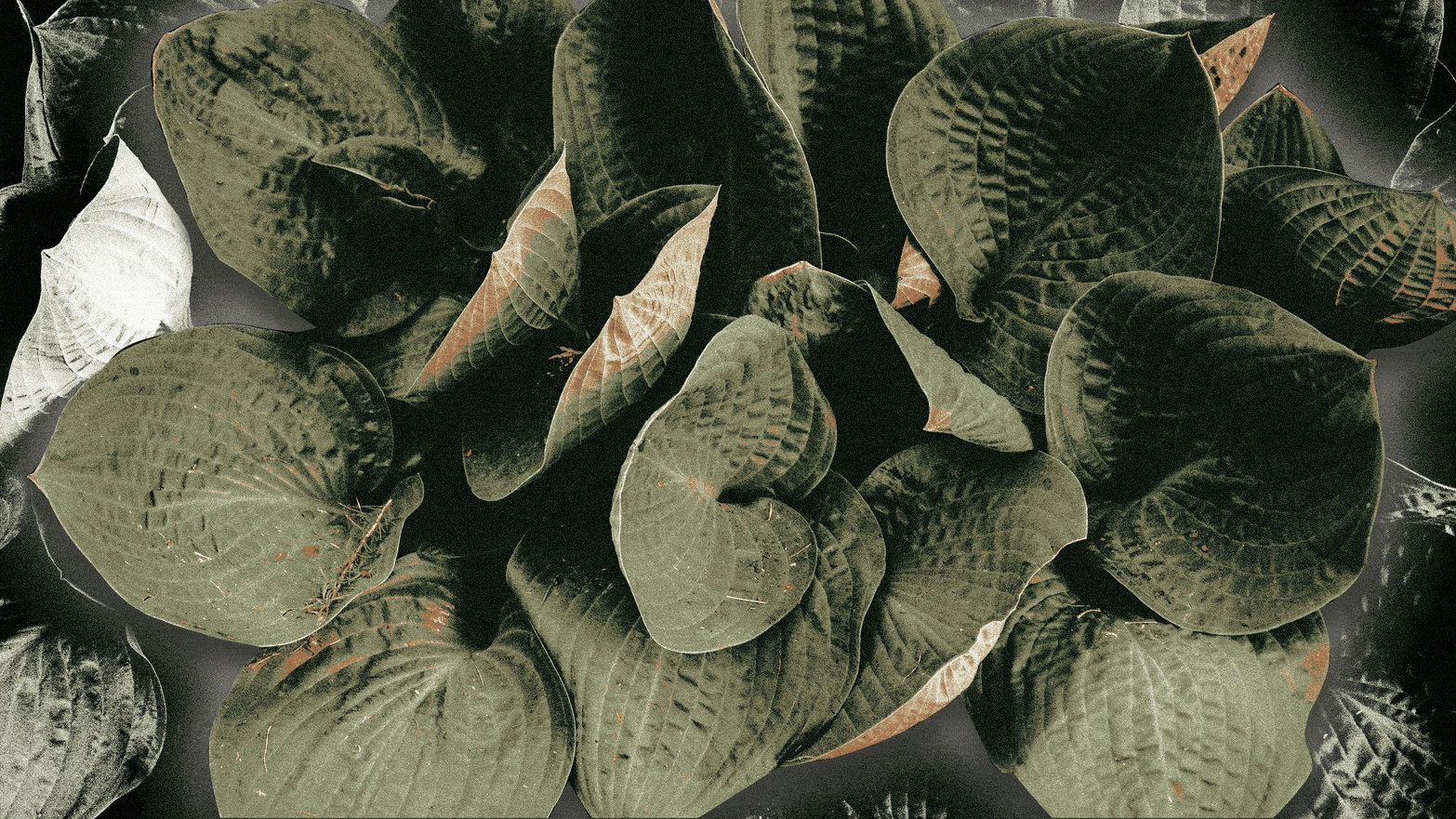Have you ever gone on vacation and forgot to water your plants—only to come back to your home and find them looking like they’re dead—or at least on the utter brink? But after a quick drink they’re suddenly brought back to life, with a strong green color and an arching height once more. Scientists have always been fascinated by the ability of plants to survive months deprived of the necessities to survive, then return to full health almost overnight. In fact, many researchers have been obsessed with the quest to find the miracle gene responsible for enabling this magic act.
It turns out, the “resurrection” gene is not simply one gene, but many. In a new study published in The Plant Journal, a team of scientists from the University of Bonn in Germany and the University of Michigan in the U.S. have unraveled the secret behind how one of these resurrection plants, Craterostigma plantagineum, is capable of surviving months of drought and being revived by just a tiny bit of water. And it turns out, the genes that give the resurrection plant this superpower are widely found throughout many species of plants that don’t even do well in drought.
The findings could point to a way for humans to engineer plants such that these genes can confer drought tolerance to many other plant species of interest, especially critical crops like wheat that will struggle to survive worsened climate change as the century rolls on.
The new study analyzed the genome of Craterostigma plantagineum. Most people know from high school biology that most animals have two copies of each chromosome, one from each parent. But Craterostigma plantagineum has eight chromosomes. The researchers behind the new study believe this is an evolved trait to enable faster protein production.
That’s a big deal for drought tolerance. Some genes in Craterostigma plantagineum and other drought-tolerant plants are nicknamed ELIPs (short for early light inducible proteins) and are triggered by light and produce proteins that are supposed to guard against the lack of water and other nutrients. These genes can turn on and produce massive amounts of proteins that are supposed to protect the plant in the event of a drought. The new study helps to narrow down the network of ELIPs genes that play a critical role in drought survival.
The other part of the study demonstrates that many drought-sensitive plants also retain the same genes, though in far fewer copies. And the authors learned that these genes normally turn off during germination and do not reactivate later on as they would in drought-tolerant ones.
If scientists can figure out how to keep these genes active, it would safeguard them from months of drought later on. That is much easier said than done—and of course, networks of genes operate differently from cell to cell and species to species. But the new insights open the door for further study into what we can do to protect crops and plant life from a certain future of extreme temperatures and fewer bouts of rainfall.

